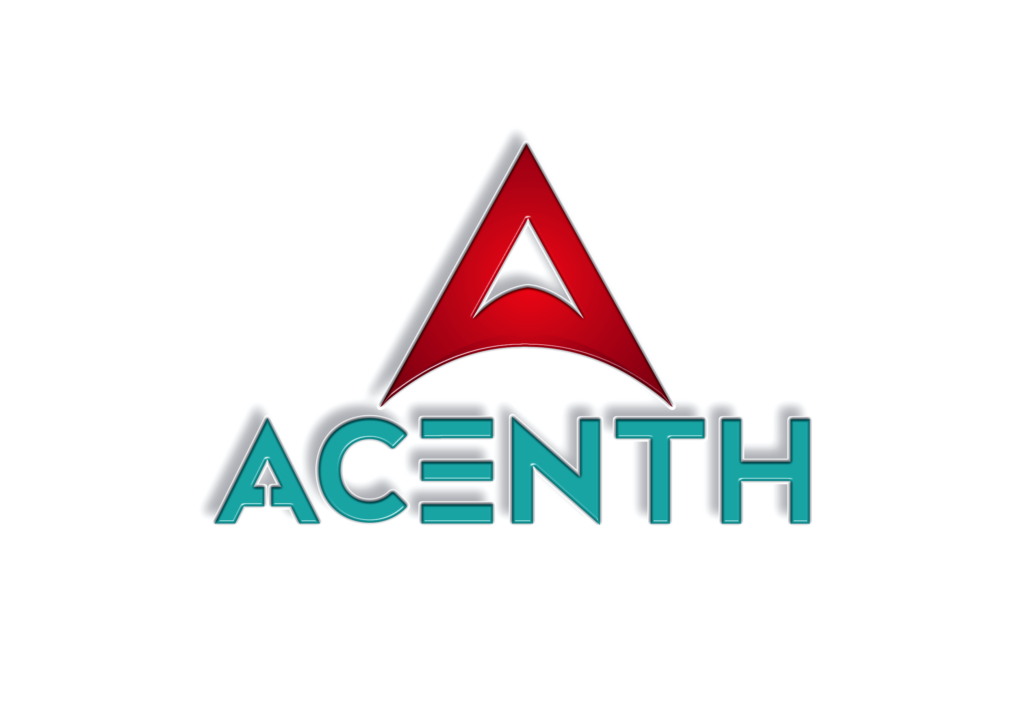In the evolving landscape of healthcare, medical devices play a crucial role, providing advanced diagnostics, treatment options, and patient support. However, the economic factors surrounding these devices—including pricing, reimbursement policies, and broader financial impacts—pose complex challenges for healthcare professionals. Understanding these dynamics is essential for healthcare providers and administrators to make informed decisions about device procurement, usage, and patient care outcomes. This overview, presented by Acenth, a Clinical Research Organization (CRO), aims to shed light on the multifaceted economics of medical devices and how they impact the healthcare system.
The Foundations of Medical Device Pricing
Pricing a medical device is a multifaceted process influenced by several factors, including:
- Research and Development (R&D): Developing medical devices involves extensive R&D, clinical trials, regulatory approvals, and quality control measures. These activities require significant investment, which is often reflected in the final product cost. Device manufacturers must recoup these investments, which can drive up the price of new or specialized technologies.
- Manufacturing Costs: Depending on the complexity of the device, manufacturing can be resource-intensive. Precision engineering, quality materials, and specialized components contribute to production costs, particularly for devices requiring advanced technology or unique features.
- Market Competition: Pricing is also influenced by the competitive landscape. When a device is unique with limited competition, the manufacturer may set a higher price. In contrast, the presence of competing devices can push prices down as companies strive for market share.
- Regulatory Compliance: Compliance with regulatory standards, such as the FDA in the United States or the CE mark in Europe, is essential. The processes involved in obtaining and maintaining compliance add to the device’s cost, especially when navigating multiple markets with distinct regulations.
- Device Lifecycle Costs: Beyond the initial purchase, medical devices incur ongoing costs related to maintenance, software updates, and training. These lifecycle costs influence the overall economic value of a device, affecting the price to ensure that providers can sustainably maintain and operate it.
Reimbursement Policies and Their Role in Device Adoption
Reimbursement policies heavily influence the adoption and accessibility of medical devices within healthcare systems. These policies vary across countries and are shaped by factors such as regulatory approvals, evidence of clinical efficacy, and economic impact.
Reimbursement Models
Healthcare systems employ different reimbursement models to support medical device costs, including:
- Fee-for-Service: In a fee-for-service model, healthcare providers receive separate payments for each service provided to patients, including the use of medical devices. This model incentivizes device use but may contribute to higher healthcare costs if devices are overutilized without demonstrated efficacy.
- Bundled Payments: Bundled payment models involve a single payment for a group of related services, which can include device costs. This model incentivizes efficient use of devices, encouraging providers to balance quality care with cost-effective strategies.
- Value-Based Reimbursement: Value-based reimbursement is increasingly popular, focusing on patient outcomes rather than service volume. Under this model, reimbursement depends on the effectiveness of the treatment provided, which can pressure providers to select devices with proven clinical benefits.
The Role of Evidence in Reimbursement
For a medical device to be reimbursed, healthcare payers often require evidence demonstrating its efficacy and cost-effectiveness. Clinical studies, real-world data, and comparative effectiveness research play a critical role in the reimbursement decision-making process. Devices with substantial evidence supporting their benefits over alternatives are more likely to receive reimbursement approval, encouraging manufacturers to invest in evidence generation.
Reimbursement Challenges for Innovative Devices
New, innovative devices often face challenges in securing reimbursement. Due to limited clinical data or high initial costs, payers may hesitate to cover them immediately. This challenge highlights the importance of early-stage collaboration between device manufacturers and healthcare stakeholders to demonstrate the device’s clinical and economic value effectively.
The Economic Impact of Medical Devices
The economic implications of medical devices extend beyond initial costs, affecting healthcare budgets, patient access, and system efficiency.
Impact on Healthcare Budgets
Medical devices, especially high-cost or specialized ones, can strain healthcare budgets. In systems with limited funding, administrators must make difficult decisions on device allocation, prioritizing those that offer substantial clinical benefit and operational efficiency. By evaluating device costs against expected patient outcomes, healthcare organizations can better allocate resources and manage budgets effectively.
Cost Savings through Improved Efficiency
Medical devices that enhance operational efficiency, reduce hospital stays, or prevent complications can ultimately lower healthcare costs. For instance, minimally invasive devices may reduce recovery times, lowering inpatient costs and freeing up hospital resources. When evaluating new devices, healthcare providers consider potential long-term savings against the initial expense, particularly for devices that streamline patient care and improve outcomes.
Patient Access and Economic Barriers
While medical devices can enhance patient outcomes, their cost can limit access for some patients. Economic barriers, such as high out-of-pocket costs or limited insurance coverage, may restrict access to advanced devices. Healthcare providers play a role in navigating these barriers by advocating for devices with a strong evidence base, seeking reimbursement for cost-effective devices, and considering alternative solutions for underinsured patients.
Strategies for Healthcare Providers in Navigating Device Economics
Healthcare providers and administrators can adopt strategies to manage medical device costs effectively while maximizing patient benefits:
- Value Assessment Frameworks: Value assessment frameworks help providers evaluate devices based on clinical outcomes, cost, and long-term impact. By prioritizing devices with a favorable cost-benefit ratio, providers can optimize resource allocation.
- Collaborative Purchasing: Group purchasing organizations (GPOs) enable healthcare providers to leverage collective buying power, securing devices at lower prices. This approach is particularly beneficial for smaller facilities or practices with limited budgets.
- Cross-Functional Committees: Establishing committees involving clinical, financial, and procurement teams can enhance decision-making regarding device acquisitions. These committees assess both the clinical necessity and economic impact of new devices, promoting balanced, informed decisions.
The Influence of Health Economics Studies on Device Adoption
Health economics studies are essential for assessing the value of medical devices, as they consider both clinical outcomes and economic implications. Common types of health economic evaluations include:
- Cost-Effectiveness Analysis (CEA): CEA compares the costs and outcomes of devices relative to alternatives. This type of analysis helps providers determine whether a device offers sufficient clinical benefits to justify its cost.
- Budget Impact Analysis (BIA): BIA assesses the financial impact of adopting a new device on a healthcare organization’s budget. This analysis provides insight into how the device may influence short-term and long-term spending.
- Cost-Benefit Analysis (CBA): CBA evaluates the economic benefits of a device against its costs, assigning a monetary value to patient outcomes. This analysis offers a comprehensive view of the device’s potential return on investment, aiding in decision-making.
The Future of Medical Device Economics
As the healthcare landscape continues to evolve, the economic dynamics of medical devices are likely to undergo significant changes. Emerging trends that may shape the future of device economics include:
- Value-Based Pricing Models: Value-based pricing, where payment is linked to device performance and patient outcomes, is gaining traction. This model incentivizes manufacturers to focus on effectiveness and supports the use of devices with proven value.
- Digital Health Integration: Digital health tools, such as telemedicine and wearable devices, are changing the economics of healthcare delivery. By enabling remote monitoring and early intervention, digital devices can reduce costs associated with chronic conditions, contributing to overall healthcare cost savings.
- Policy Reforms: Policy changes aimed at increasing transparency in medical device pricing and reimbursement could lead to a more balanced economic environment. Reforms that encourage evidence-based reimbursement can facilitate access to high-value devices for a broader patient population.
Advancing Patient Care through Informed Economic Decisions
Medical devices offer powerful tools for improving patient care, but their economic impact requires careful management. By understanding the principles of device pricing, reimbursement, and economic implications, healthcare professionals and administrators can make strategic decisions that balance cost with quality. As the medical device industry adapts to new economic models, staying informed about these dynamics will empower healthcare providers to continue delivering high-value care to patients.
Sources
- Cooper, J. D., & Bercovitz, A. (2021). Economics of Medical Device Innovation. Journal of Health Economics.
- Lehnert, E., & Van der Hoorn, M. (2019). Reimbursement in Medical Technology. Health Policy Journal.
- Thomas, R. A., & Patel, S. (2020). Economic Impacts of High-Cost Medical Devices. Medical Device and Health Economics.





















